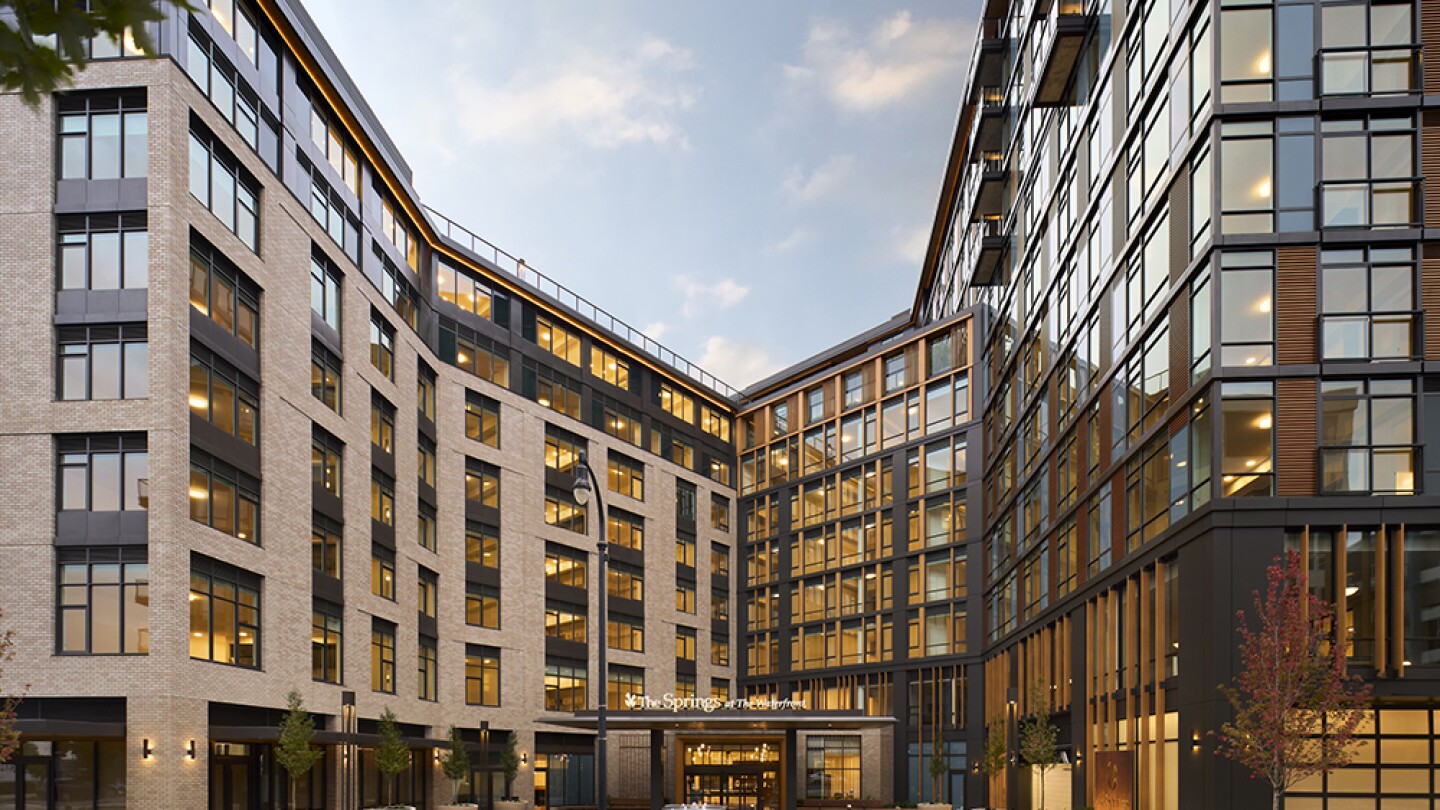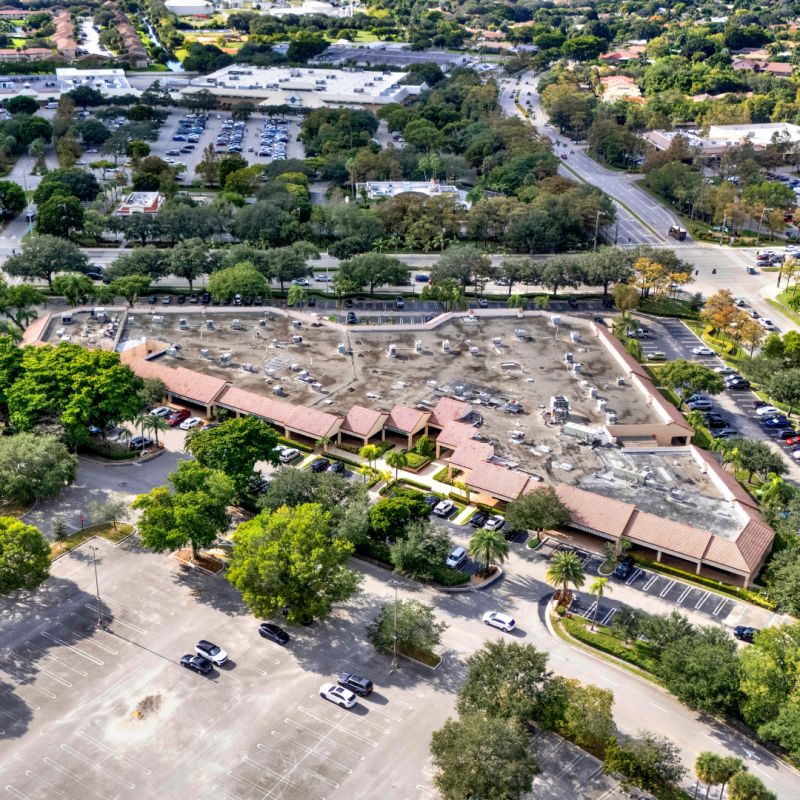I
nvestors are increasingly turning to niche sectors in real estate, driven by a desire for growth and potential out-performance. This trend is evident in the growing investor appetite for alternatives to traditional property types such as office, retail, industrial, and apartments. Data centers, cold storage, medical office, single-family rentals (SFR), and senior housing are among the niche sectors gaining traction.
The Principal Data Center Growth & Income Fund, a $3.6 billion megafund dedicated to developing hyperscale data centers across the US, is a prime example of this trend. The fund's success underscores the explosive demand for data centers driven by AI, resulting in exceptionally low vacancy rates in North America.
"The business of charging rent to users of space is shifting to a more purpose-oriented business," notes Michael Byrne, chief investment officer and head of private equity and debt for North America at AEW Capital Management. This shift has fueled investment in sub-sectors such as cold storage and life sciences, where users require specialized facilities with specific temperature and humidity controls.
As investors seek to align their portfolios with emerging megatrends like demographics, technology, and decarbonization, they are rethinking how real estate gets used. "We're thinking about real estate from the perspective of how we're using the built environment," says Maggie Coleman, chief investment officer for real estate equity in North America at Manulife Investment Management.
The NCREIF Fund Index Open End Diversified Core Equity (NFI-ODCE) benchmark has been reconfigured to allow member funds to allocate up to 25% of their portfolios to non-traditional property types. This change is expected to accelerate the flow of private capital into alternatives, with investors seeking higher risk-adjusted returns.
The lack of confidence in legacy sectors like office and retail is driving investors to explore alternative property types. "I think the door was opened to alternatives last year with the NCREIF change," says Ben Maslan, a managing director at RCLCO Fund Advisors. Data centers, in particular, are attracting significant capital due to their stabilized assets and rental growth exceeding 20% annually.
Seniors housing is another sector gaining traction, driven by the "silver tsunami" of aging baby boomers. Under-capitalized operators within this space have been hit by challenges like COVID, higher operating costs, labor shortages, and oversupply in certain markets, creating attractive buying opportunities.
The housing shortage is driving demand across various sub-sectors, from manufactured housing to market-rate apartments. Institutional investors are becoming more comfortable with niche sectors as they build longer track records and generate more data to support investments.
Investors have plenty of options for entry points into alternative sectors, including direct investment or indirect investment through sector-specific funds. However, some sectors require not just capital but acumen, vertical integration, and operating expertise. Joint ventures with operators are becoming increasingly popular as investors seek to optimize their returns in these specialized areas.















